Most commonly found in homes, Black house spiders are well-adapted urban dwellers. They have learnt to live alongside humans as our populations continue to spread into their natural habitats.However, despite their small size, Black house spiders are not to be underestimated. As with all wild animals, it is recommended that you regard these venomous critters with caution.
What are the signs of a black house spider infestation?:The presence of the spider and their webs indicates black house spider activity.
Do black house spiders bite?Black house spiders are not aggressive and bites are infrequent. However, when bitten, the bite may cause pain and localized swelling. Occasionally other symptoms like nausea, vomiting, sweating and skin lesions are produced.
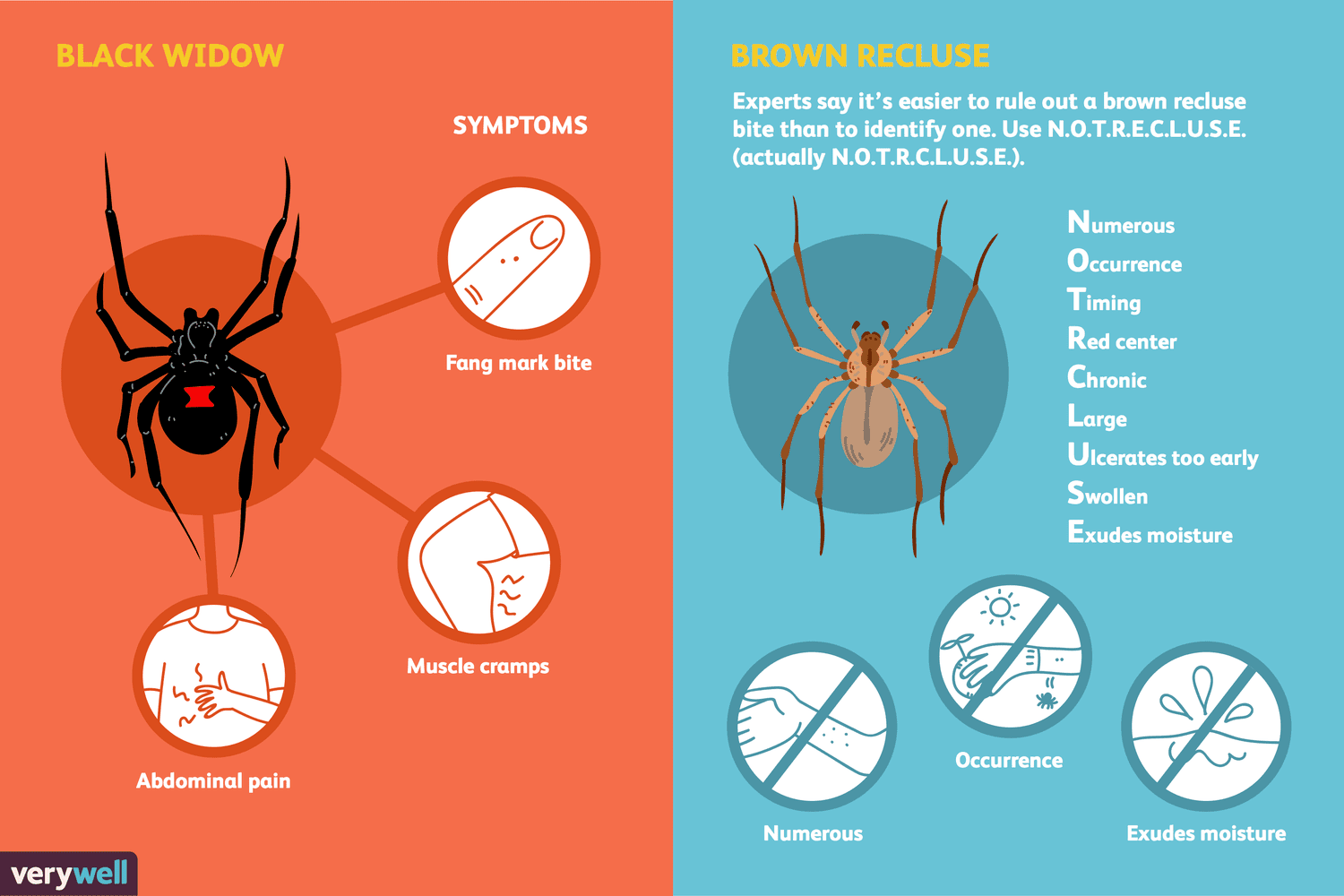
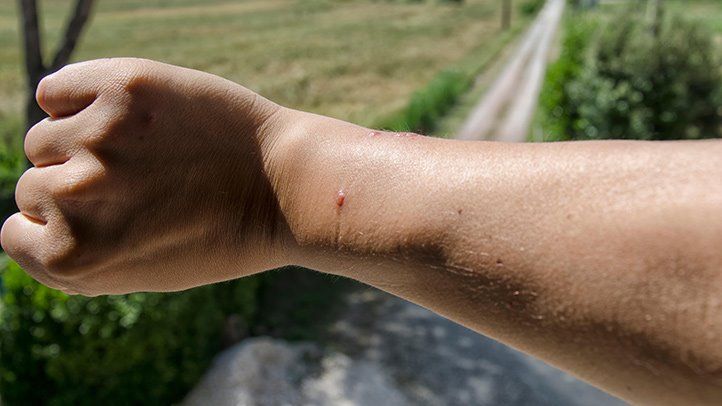
Black House Spiders – All you need to know!
- COMMON NAME:Black house spider
- SCIENTIFIC NAME:Badumna insignis
- TYPE:Spider
- DIET:Mostly insects
- AVERAGE LIFESPAN:Two years
- SIZE:Females 18mm long body; males about half that size
The black house spider, Badumna insignis, is one of the more common spiders found around Australian homes. Although their bite is quite painful the main concern for homeowners is that they build unsightly, dense webs around windows, doors and eaves. Fortunately, this makes it very easy for the homeowner to carry out their own pest control treatment.
Habitat, Diet & Life Cycle
Their normal outdoor habitat is logs, tree trunks, rock walls and building crevices and gaps. Black house spiders prefer outdoor habitats, but they will go inside buildings and may be found where their prey is located including corners, around windows and doorways. It is common for this spider to be located near a light source since lights attracts a wide variety of prey insects like flies, beetles, ants, moths and mosquitoes. The spiders may themselves become prey for a number of other spiders, wasps and parasitic flies. Adult spiders live for about two years.
Black House Spiders are found on tree trunks, logs, rock walls and buildings (in window frames, wall crevices, etc). Whilst juvenile spiders may be quite exposed, the ones that survive to adulthood have usually acquired a secure retreat beneath bark or in a deep crevice.
Prevention Tips
Sealing all cracks, gaps and crevices that provide access inside the home is an important way to prevent spiders from wandering into the structure. Using a vacuum or broom to remove spiders, webs and egg cases is another way to prevent the spiders from moving inside. Still another method is making sure the black house spider’s food source is kept to a minimum and harborage sites are removed and cleaned up.
Should the homeowner need help controlling these or any other spiders, contact your pest management professional and request an inspection. Your pest management professional can then use his or her inspection findings to prepare a comprehensive pest management plan that will effectively and efficiently deal with the specific pest problem.
What do Black House Spiders look like?
Identification:The Black House Spider belongs to the family Desidae. Related species are found throughout Australia.
The Black House Spider (Badumna insignis) is a dark robust spider, with grey hairs usually visible on the carapace. Females are larger than males but there is a great range in adult sizes. The carapace and legs are dark brown to black, and the abdomen is charcoal grey with a dorsal pattern of white markings (sometimes indistinct).
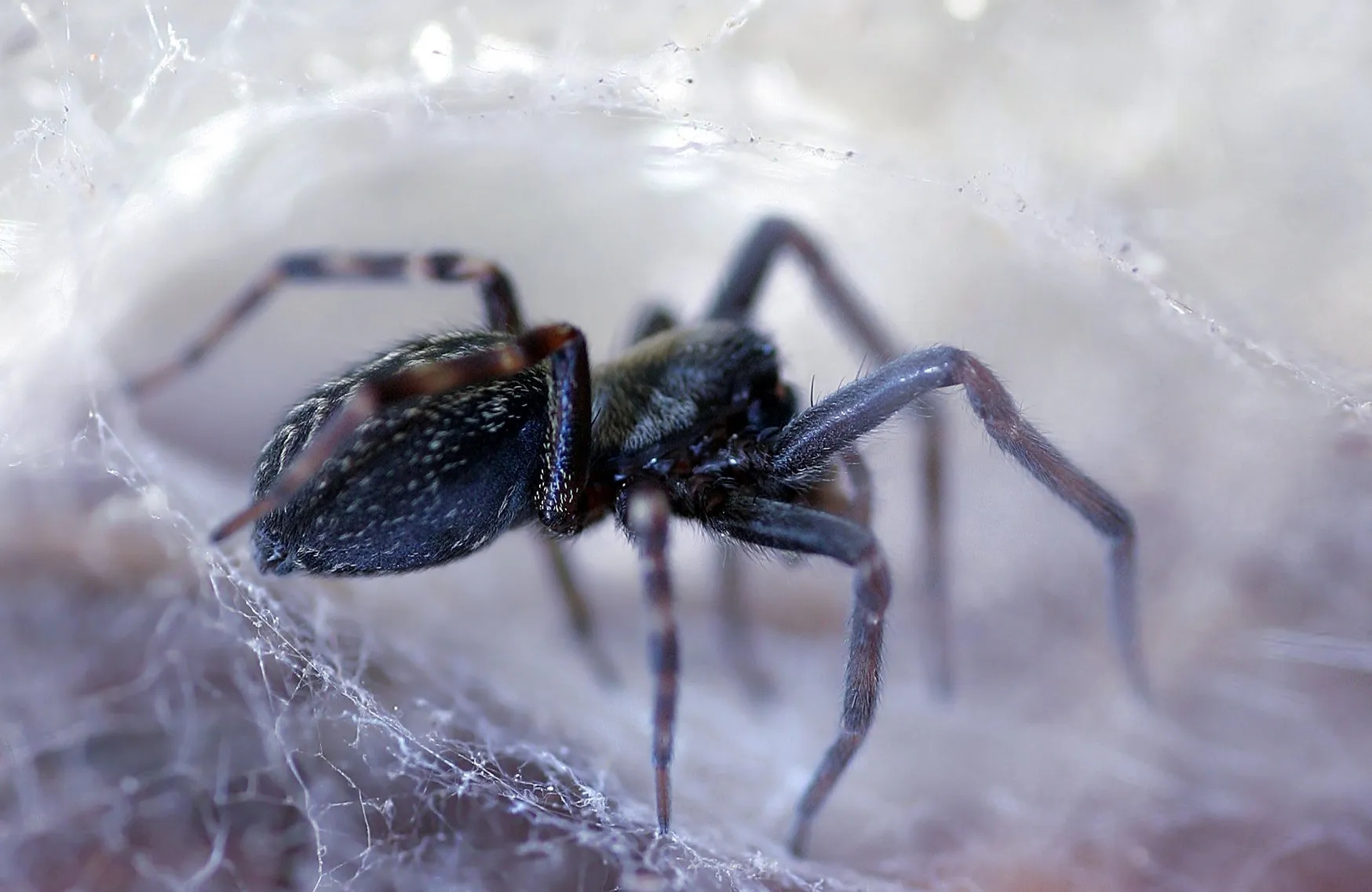
The web structure includes one or more ‘funnel-like’ entrances to the spider’s retreat, which is sometimes misunderstood as a Funnel-web Spider web. However, Black House Spiders are not at all related to Australian funnel-webs, nor similar in appearance, size or life history. The retreat of a true Australian Funnel-web Spider (famiy Atracidae) is usually less funnel-like and is often a burrow in the ground. Common Southern Tree Funnel-webs make burrows in tree-trunk crevices in similar habitats to Black House Spiders, but their crescent-shaped web entrances are disguised with detritus (eg, bark) particles embedded in the silk, whereas the silk of Badumna webs is exposed.
What do black house spiders look like?
Black house spiders are a charcoal / black colour, although the abdomen appears grey (sometimes brownish) with white markings. Their legs can be brown and black. Females can have a body of up to 18mm long with a leg span of 30mm. Males are noticeably smaller and slimmer. Their dense, obvious webs are a key identifying feature, if the spider cannot be located.
Where do black house spiders live?
In their natural environment, black house spiders build their webs on tree trunks, logs and under rocks – any place where there is a crevice to hide. Around buildings, they build their webs around window and door frames, in vents and under eaves.
Black house spider web
Black house spiders build dense webs, often with a funnel-like shape which leads to their hiding place. Their webs are not actually sticky but make up of a dense network of silk, which is designed to snag the spiny legs of insects.
Female spiders will never leave their web unless they are forced to, and will keep on adding layers of silk, making the web denser over time.
Other interesting facts:
Males leave their webs to find females and will pluck strands on the female’s web to make sure she is receptive to mating. The males will often remain with the female for several days and mate several times – they are not consumed after mating as is often the case with redback spiders!
Black house spiders are one of the favourite prey items of white-tailed spiders. So, carrying out a treatment for black house spiders will make your property less attractive to white-tail spiders due to the lack of food.
Black house spider bite
Black house spiders are actually quite timid and will often retreat into their web when disturbed. However, their bite can be quite painful and cause local swelling around the bite area. Nausea, vomiting and sweating has been recorded in a few cases. Although their webs have a funnel-web appearance, it’s important not to confuse the black house spider with a funnel web spider, as following a bite you should follow the standard spider bite first aid, rather than the funnel web spider bite first aid.
The black house spider is found throughout mainland Australia and Tasmania and has been introduced to New Zealand and Japan. In its usual bush habitat, it likes to build its web and shelter among crevices on tree trunks with rough bark.
But the species has become well-adapted to urban areas and is common in homes where it often builds lacy webs in window corners, hence its other common name – the window spider.
These arachnids arrange their messy silken retreats with a cone- or funnel-shaped tunnel at the centre or to one corner and wait behind this, hidden from potential predators such as birds. When prey lands on and becomes trapped by its sticky silken web the spider responds by racing up the tunnel to bite and seize it.
In their natural habitat, these spiders will often position themselves near injuries made in tree trunks by wood-boring insects and then wait for butterflies, bees and ants attracted to the sap that flows.
In urban areas black house spiders will make their webs near lights and lamps to take advantage of the flying insects that these attract.
These spiders are not usually aggressive, and females tend to remain hidden away in their webs, although the considerably smaller male often wanders about looking for mates.
When he finds a female he’ll attract her attention by plucking at her web and after making sure she’s receptive he may remain for several days, often mating with her repeatedly.
The female builds several egg sacs within her web. The spiderlings usually disperse but sometimes remain with their mother for a while, eating the smaller prey caught in her web that she usually ignores.
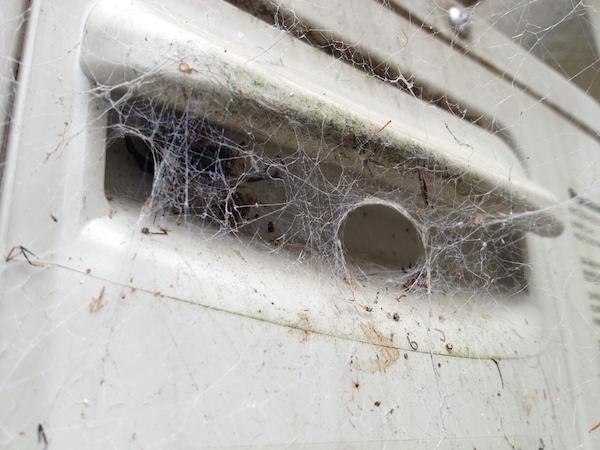
Black house spiders have been known to bite occasionally and although their venom is not deadly to humans it can cause nausea, localised swelling, and pain, which can be relieved by cold packs. Always seek medical attention if symptoms worsen or persist.
Note that although these spiders are black, relatively large and create a cone-shaped web that can superficially resemble that of the deadly funnel-web spiders, they are not related and certainly nowhere near as deadly.
- Spider Facts: The Black House Spider
- Table of Contents
- Introduction
- Appearance
- Hunting habits
- Danger to humans
- First aid
- Anaphylaxis
- Fun facts
- Final thoughts
- Recommended resources
Introduction
Black house spiders, also known as the common black spider or window spider, are native to Australia, though they have also been introduced to New Zealand and some areas of Japan. They are a common species of cribellate Australian spider and belong to the Desidae family. They are also closely related to the Badumna loginqua, the grey house spider. Black house spiders can be found in every territory, including Tasmania, though they are mainly found in southern and eastern Australia.
Generally, the Black house spider can be found on rough-barked trees. However, due to human populations encroaching on their natural habitats, Black house spiders are now commonly found in corners of the home, as well as windows and doorways. Black house spiders prefer to live in locations where light sources are present, as these attract smaller insects that can be eaten as food. Giant black house spiders, meanwhile, have been reported to live in caves, dry forests, and under rocks.
Their webs are normally funnel-shaped structures with crescent-shaped web entrances. Black house spiders also embed bark and other detritus into the silk to act as a disguise. These spiders are usually not aggressive. Females normally remain hidden away in their webs, while smaller males are often seen wandering around looking for mates during mating season, which begins in the summertime. Most Black house spiders live for approximately two years.
Appearance
Black house spiders are generally small spiders. Females can grow up to 12 – 18 mm in length, whereas males only grow up to 9 – 15 mm in length. These spiders are dark in colour, and small grey hairs are usually visible on their carapace. The carapace itself, alongside the legs, are dark brown to black in colour, while the abdomen is often grey and covered in a variegated pattern of white markings.
- Here are some identifiers that are typical of the Black house spider:
- The head and thorax of the spider is often black and rectangular at the front
- The abdomen is round and tends to be dark grey or velvety black in colour
- The body can grow up to 2 cm in length
- White markings on the abdomen may sometimes be indistinguishable
Hunting habits
True to their other common name, the Window spider, Black house spiders often build lacy webs in window corners. These webs are often messy and have cone or funnel-shaped tunnels at their centre. Black house spiders will often wait behind these tunnels to hide from potential predators or to await any unsuspecting prey that land on their sticky, silken web. If a prey does land on their web, the Black house spider will race up the tunnel to bite and seize the unfortunate critter.
In the wild, the Black house spider can be found near rough-barked trees, as the bark cracks provide good shelter. They will position themselves near holes, injuries or openings made in the tree trunks by wood-boring insects to await butterflies, bees or ants that like to feed on the tree sap. These insects end up getting caught in the spider’s lacy web and ultimately eaten. Spiders dwelling in the home instead prey on moths, beetles and termites – insects that are attracted to the light or lamps at night.
When living in a home with a Black house spider, you will likely notice that there are less insects roaming around. This is because Black house spiders are very good at controlling insect populations. They are also an abundant food source for birds and other predators – in fact, they are the preferred food source of the White tail spider.
Danger to humans
Despite being venomous, Black house spiders are not considered a threat to humans. These spiders are rather shy and timid, and they tend to hide away in their webs from any potential predators.
What do Black House Spiders eat and how do they mate?
Feeding and diet
In the bush, Badumna insignis is found especially upon rough-barked trees which provide good shelter for their retreats amongst the cracks in the bark. Trees that have been attacked by wood-boring insects are particularly attractive, as the sap flowing from the bored holes attracts potential prey such as flies, beetles, butterflies and bees, which may become snagged in the fine edges of the web. Around houses, Black House Spiders feed upon insects such as moths, beetles and termites which are attracted to the light of windows and lamps at night.
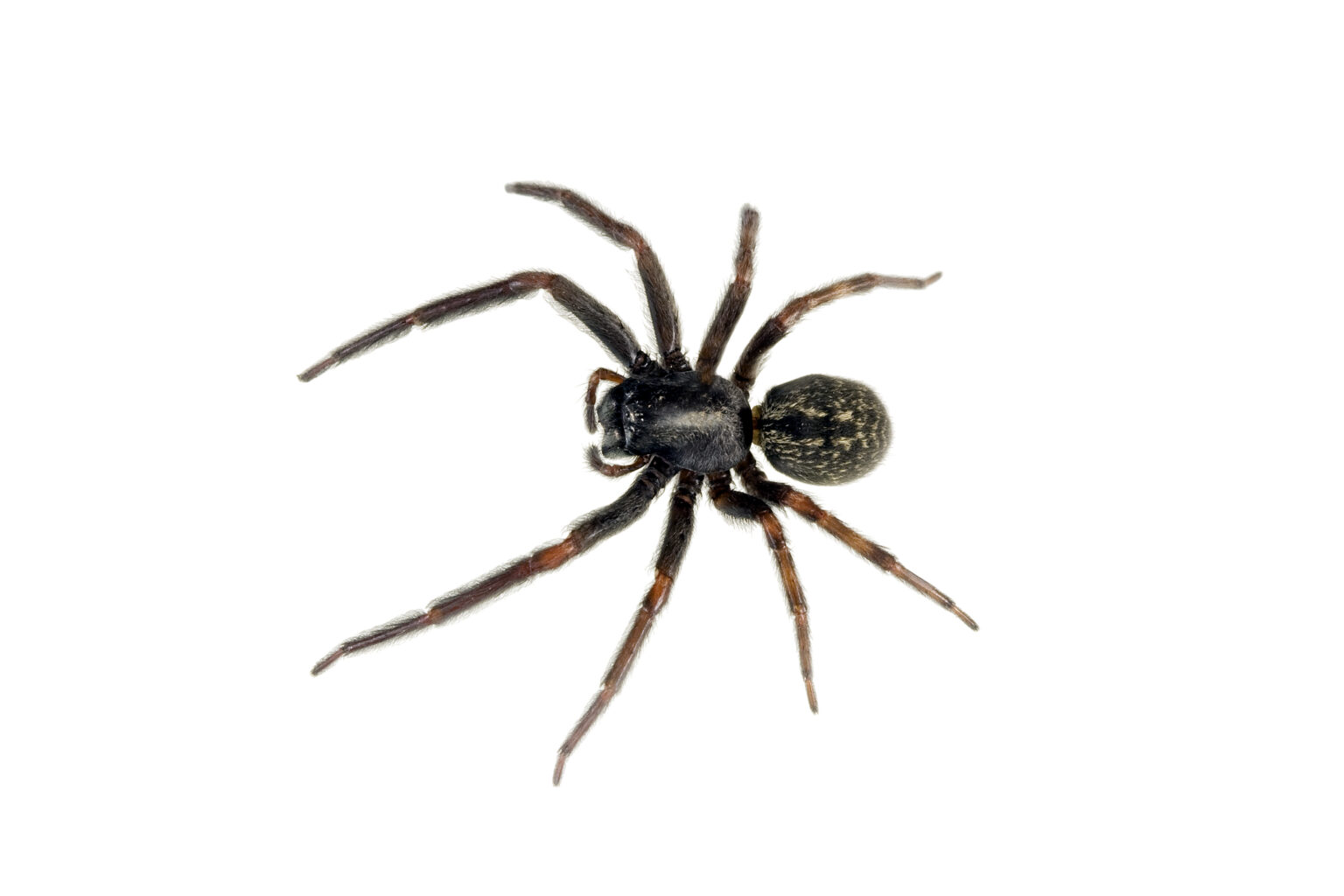
Life history cycle
The female constructs several white silk egg sacs, which are secured within the web retreat. The female stays with the eggs until they hatch. The spiderlings then disperse. The spiders mature during summertime and live for about two years.
Breeding behaviours
The female spider never leaves her web unless forced to, but keeps on adding new layers – old webs can look grey and woolly from constant additions of silk. Males, when ready to mate, go in search of females in their webs. The male plucks the web of the female to attract her attention. Once the male has made sure that the female will be receptive, he can safely approach and inseminate her with sperm stored in his palps. They may then stay together for several days and may mate again several times. If a small male is caught in a female’s retreat when a larger male enters he can be severely injured and lose several legs.
Other behaviours
The webs of Black House Spiders are constructed from cribellate silk, which is not sticky but is made from multiple combed fine strands and is extremely efficient at snagging the spiny legs of insects. The webs are in the form of lacy silk sheets, which spread out around one or more entrances to the spider’s retreat. New silk is fine and laid in a distinctive zig-zag pattern, but old sheets become matted and untidy. New silk is mostly laid at night.
